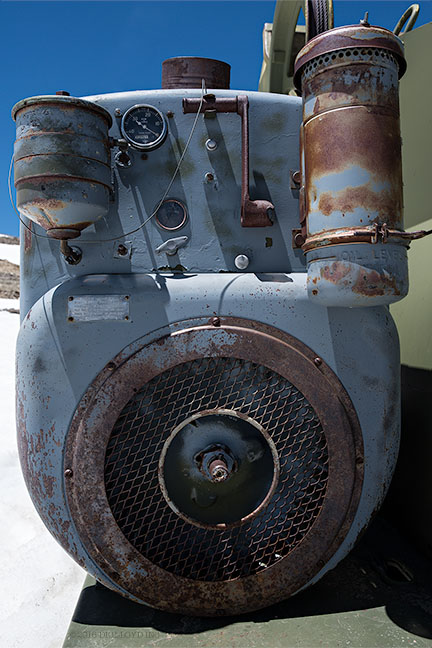EXCERPT page containing first few paragraphs. 2024-04-19 22:21:34
UA_SEARCH_BOT_compatible_botmozilla/5.0 applewebkit/537.36 (khtml, like gecko; compatible; claudebot/1.0; +claudebot@anthropic.com) @ 3.128.79.88
For full access, subscribe here. Or click title to login. ![]()

Choice of Aperture for Focus Stacking
The choice of aperture varies with the goal:
- A “short stack” with the goal of sharpness over a relatively narrow range may be shot at f/2 or f/2.8 or even f/1.4 so as to retain background blur—for example a macro shot of a flower in which one wishes all the background to be pleasingly blurred. This will necessarily increase the number of frames (and thus the work factor).
- For classic landscape images and similar, the typical goal is sharpness from a few feet away to the far distance—everything as sharp as possible. The use of f/9 or so is a good choice for full-frame cameras, depending on focal length and the distance range; see the various examples.
Article continues for subscribers...
Diglloyd Making Sharp Images is by yearly subscription. Subscribe now for about 13 cents a day ($50/year).
BEST DEAL: get full access to ALL 8 PUBLICATIONS for only about 75 cents a day!
Diglloyd Making Sharp Images articulates years of best practices and how-to, painstakingly learned over a decade of camera and lens evaluation.
Save yourself those years of trial and error by jump-starting your photographic technical execution when making the image. The best lens or camera is handicapped if the photographer fails to master perfect shot discipline. High-resolution digital cameras are unforgiving of errors, at least if one wants the best possible results.
- Eases into photographic challenges with an introductory section.
- Covers aspects of digital sensor technology that relate to getting the best image quality.
- Technique section discusses every aspect of making a sharp image handheld or on a tripod.
- Depth of field and how to bypass depth of field limitations via focus stacking.
- Optical aberrations: what they are, what they look like, and what to do about them.
- MTF, field curvature, focus shift: insight into the limitations of lab tests and why imaging performance is far more complex than it appears.
- Optical aberrations: what they are, what they look like, and what to do about them.
- How to test a lens for a “bad sample”.
Intrigued? See Focusing Zeiss DSLR Lenses For Peak Performance, PART ONE: The Challenges, or (one topic of many) field curvature.

Focus-stacked image, 3 frames
NIKON D810 + Zeiss Otus 28mm f/1.4 APO-Distagon
[low-res image for bot]

